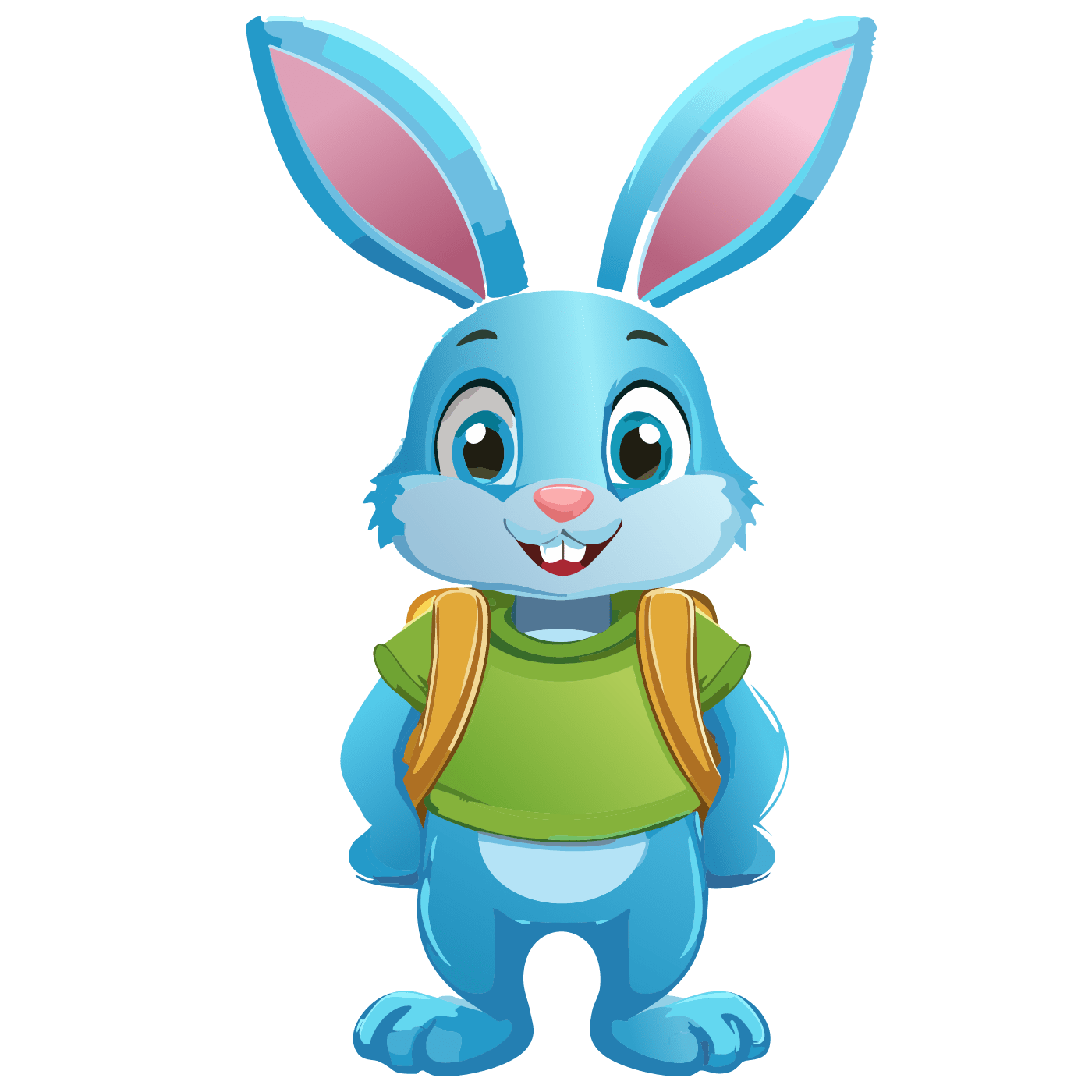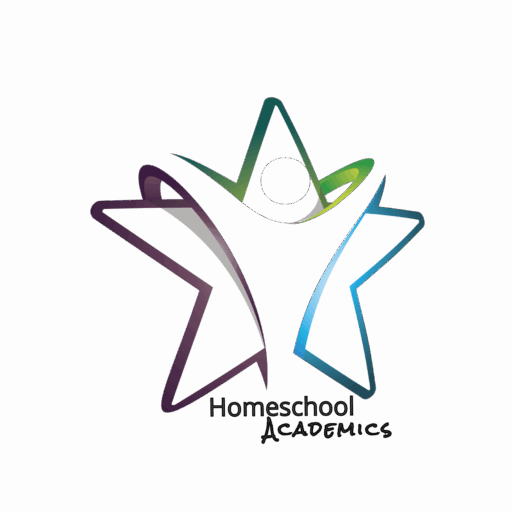Individualizing Education
Individualized education tailors learning experiences to meet each student’s unique strengths, needs, and interests. It empowers learners to progress at their own pace, using methods and supports that work best for them.

Five Ways to Learn How Your Child Thinks
- Observe in Action
- Use Reflection Tools
- Talk it Out
- Try Strength-Based Assessments
- Create a Learner Profile
A Parent’s Guide to Understanding the Learner Within
Every child has a unique way of processing the world, and as a parent or educator, discovering how a child thinks can be the key to unlocking joy, confidence, and success in learning.
Understanding how your child thinks means going beyond grades or behavior. It means tuning into their cognitive style, sensory needs, emotional responses, and learning preferences. With the right tools and attention, you can better support their growth and help them thrive, not just survive.
Sensory Profile Assessments
Sensory Profile Assessments evaluate how individuals respond to sensory input in their daily environments, identifying patterns of sensory processing that may affect...
Sequential Thinker
A sequential thinker approaches problem-solving and learning in a step-by-step, linear manner. They prefer to process information in a logical, organized way,...
Sixteen Types of Learners
The concept of different learning styles has evolved, incorporating various models that recognize the diverse ways individuals absorb, process, and retain information. One...
Strengths Explorer (Gallup)
Gallup's Strengths Explorer helps young people (typically ages 10–14) identify their top three emerging talent themes from a list of ten, promoting self-awareness and...
The Learner Sketch Tool by CAST
The Learner Sketch Tool by CAST is a free, interactive resource that helps students in grades 6–12 explore how they learn best across various areas, including cognition,...
The Stubborn Genius: Why Some Kids Just Have to Do It Their Way
There’s a certain kind of child who greets instructions not with curiosity or compliance but with the quiet (or not-so-quiet) conviction that they already know a better way....
Thrively
Utilize Thrively’s full complement of assessments to support the growth of every student better, providing rich knowledge about their strengths, learning styles, and habits...
UDL Framework
The Universal Design for Learning (UDL) Framework is an educational approach that aims to accommodate the diverse needs of all learners by providing multiple means of...
Understanding and Closing Learning Gaps
In education, “mind the gap” isn’t just a polite announcement you hear on the subway—it’s a crucial reminder for teachers, parents, and anyone helping a learner. A learning...
Understanding the Whole Child to Unlock Learning
Why Learner Profiles Matter No two children learn the same way. Some individuals thrive in quiet environments, while others require movement to stay focused. Some...
Using Project-Based Learning in Your Homeschool
Project-based learning (PBL) can be an incredibly engaging and practical approach to homeschooling. It allows for deep exploration of topics through hands-on, real-world...
What is a Tactical Learner?
A tactical learner is often mistakenly referred to but what is meant is a tactile learner (sometimes called a kinesthetic learner). This learner learns best through physical...
What is a Visual Learner?
A visual learner learns best by seeing and processing information visually. This learning style is characterized by a preference for pictures, diagrams, charts, maps, and...
What is an Auditory Learner?
An auditory learner is someone who learns best through listening. These individuals tend to absorb and retain information more effectively when presented through sounds,...
What is Kinesthetic Learning?
Kinesthetic learning is a learning style in which individuals learn best through physical activities, such as moving, touching, or doing, rather than listening to a lecture...

